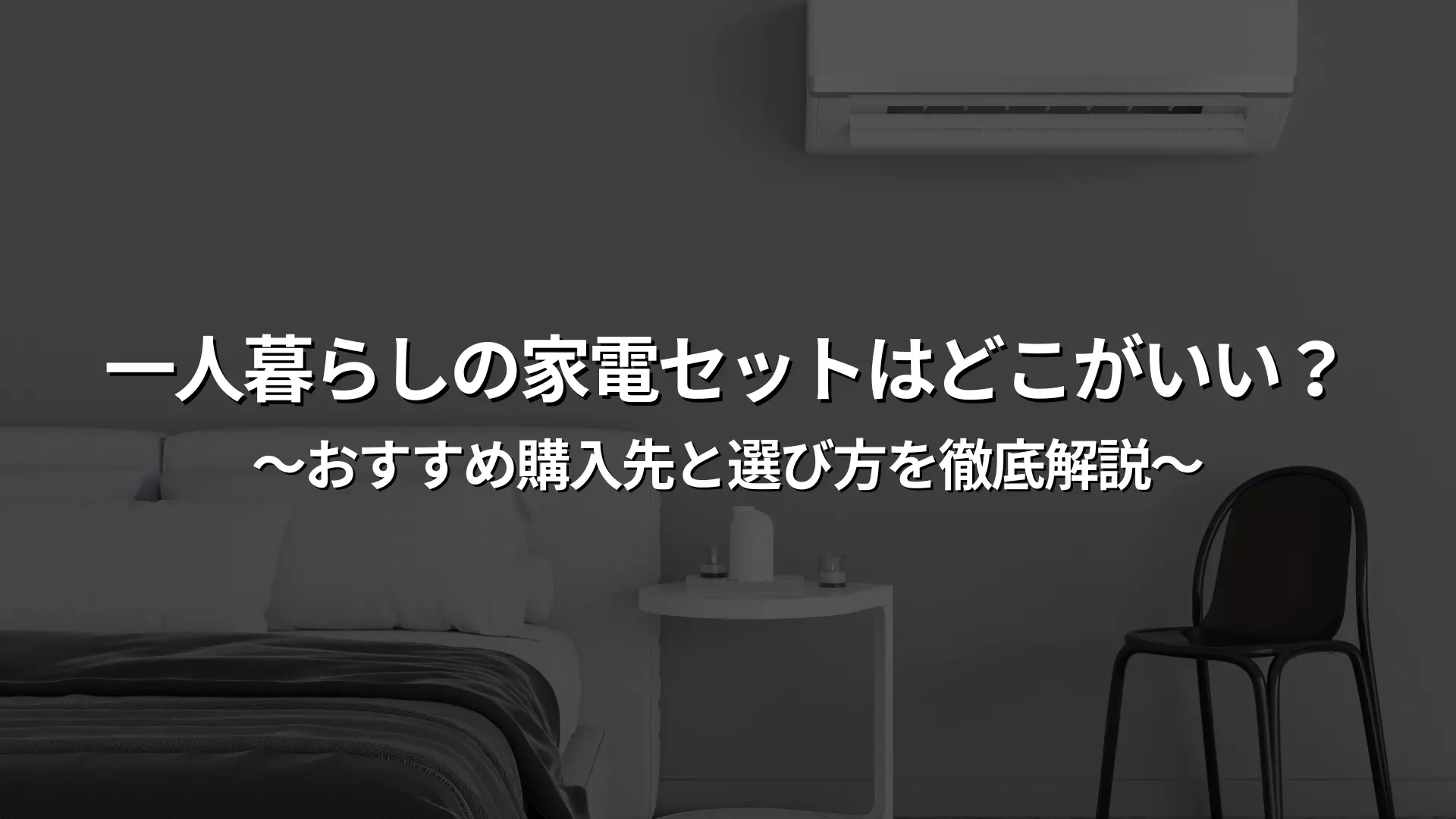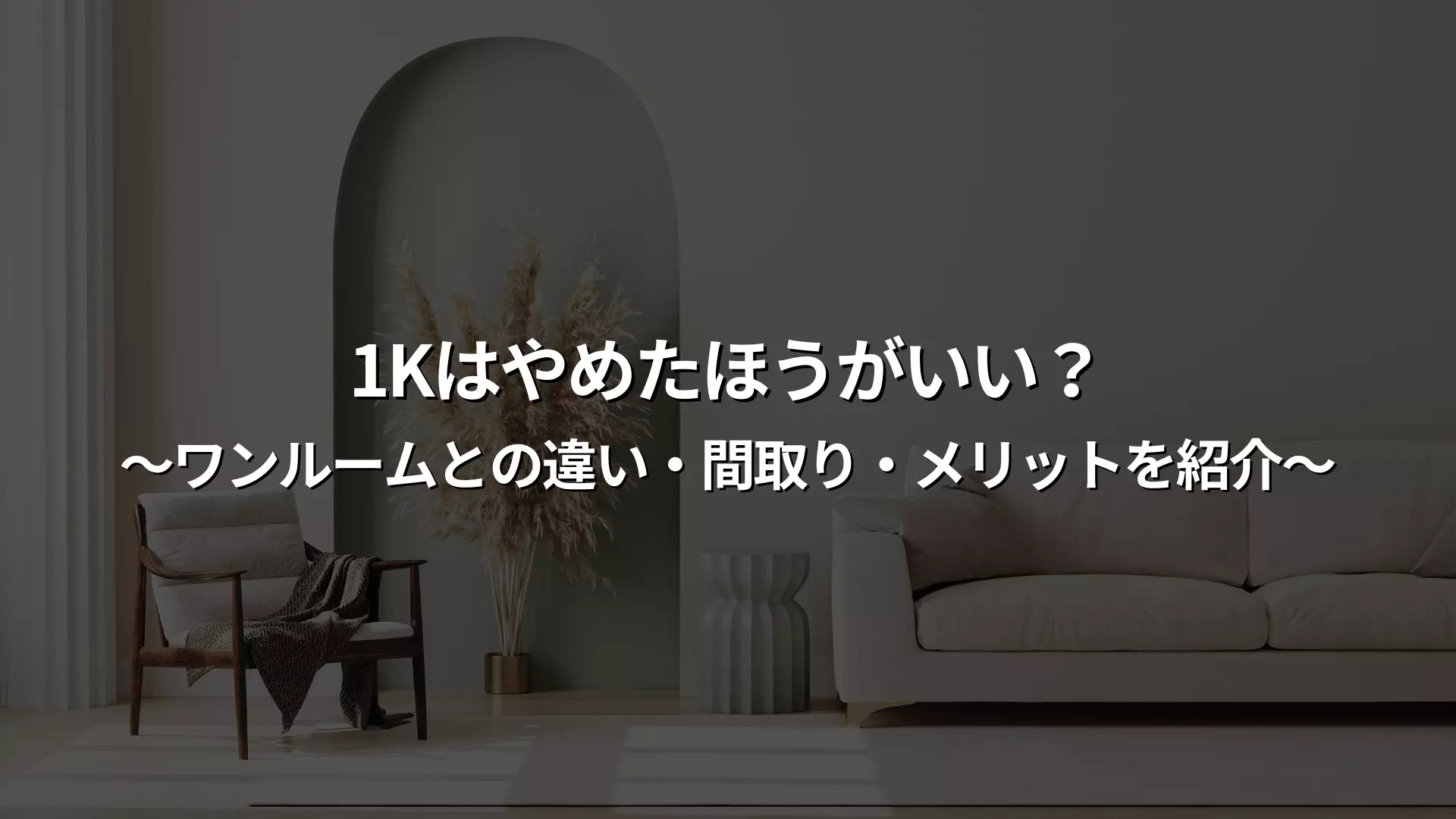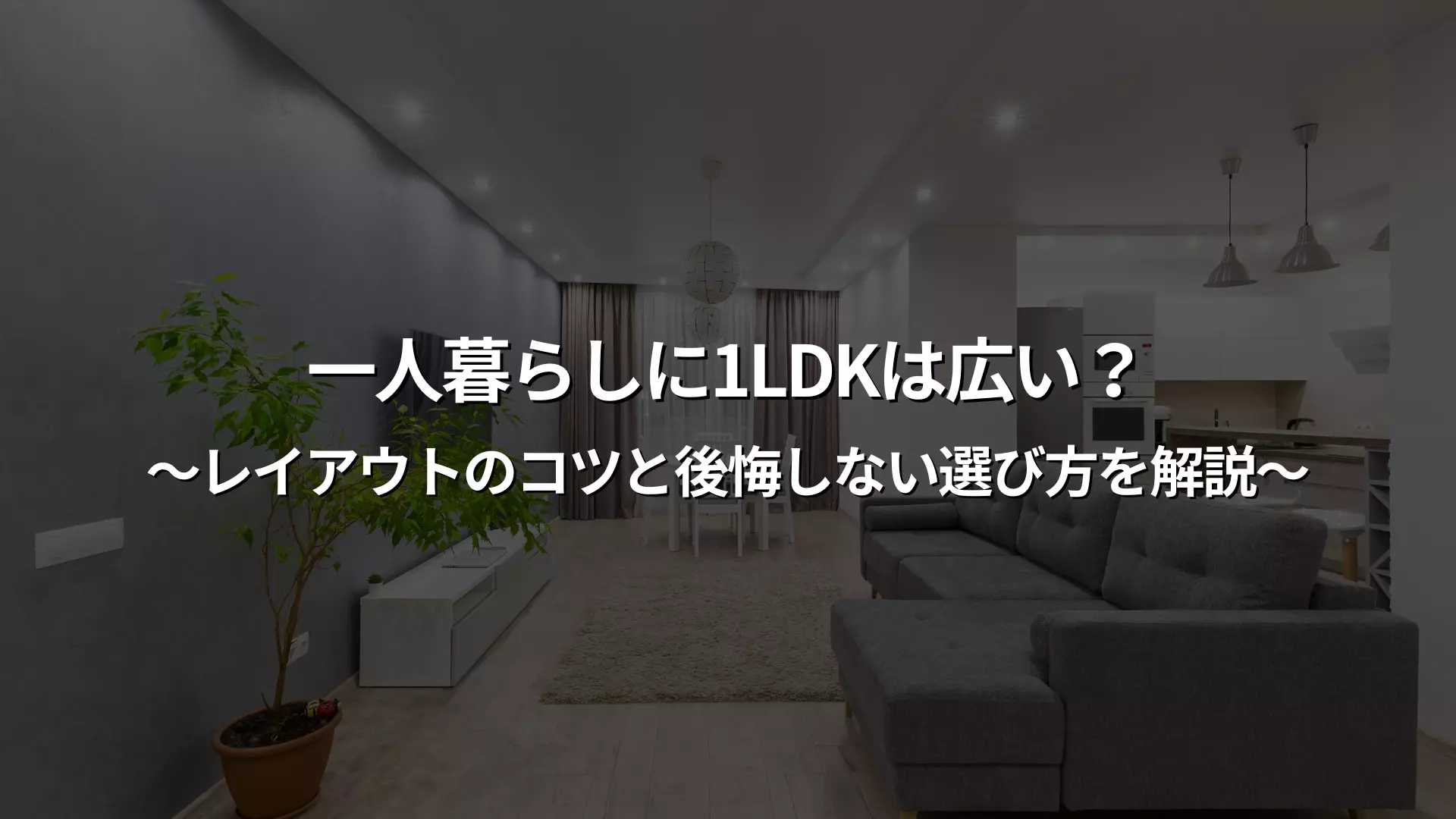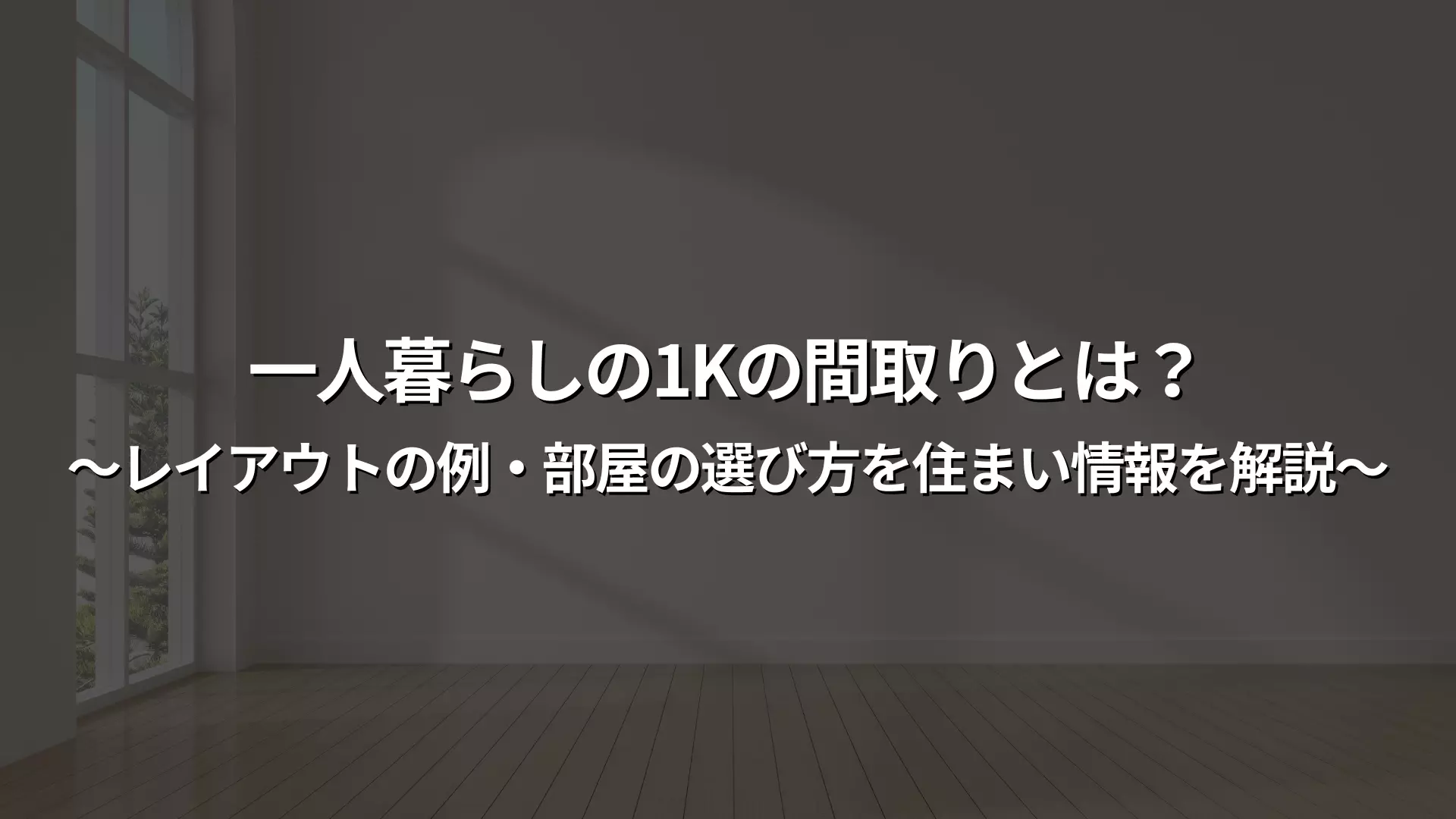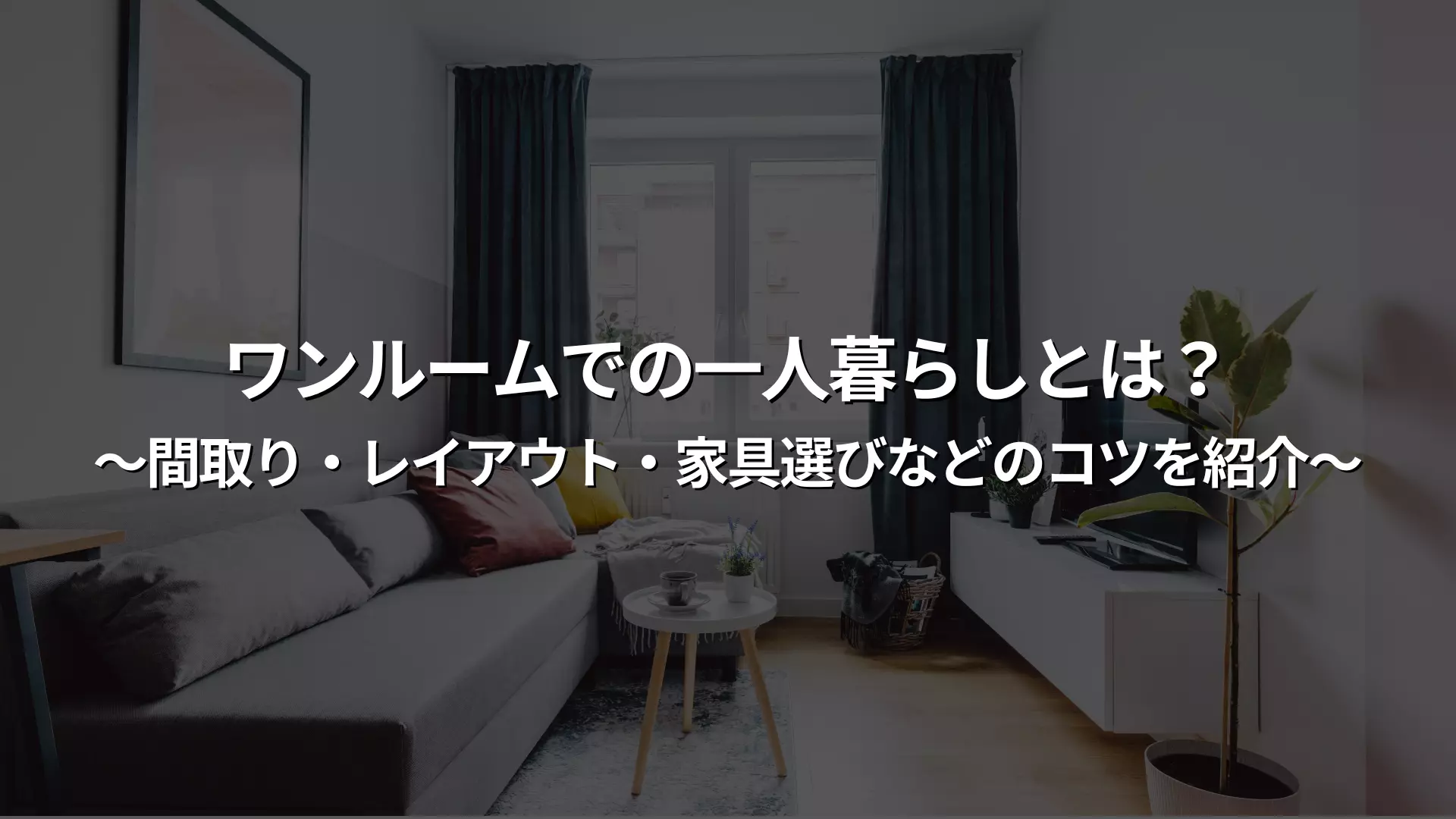What is a share house?
A share house is a rental property that has shared spaces such as a living room, kitchen, and bathroom in addition to the individual rooms.They come in a variety of forms, including renovated houses or apartments, and even ones built specifically for the purpose of being share houses.
The number of residents ranges from small ones with just 4 or 5 people to large ones with over 100 people.
Some properties come with theater rooms or lounges.
Things that are comparable to a shared house include room sharing, guest houses, and terrace houses.
The differences between these and share houses are as follows:
Room Share
Room sharing means renting an apartment or condominium and living with friends, and you have to find your sharers yourself.In contrast, shared houses are often managed by a company, people can live alone, and the company is often responsible for managing the shared areas and dealing with any problems that may arise.
guest house
A guesthouse is a type of accommodation.Unlike hotels and inns, accommodation costs are significantly lower because bathrooms and toilets are shared, there are no amenities, and you have to share a room.
Since a share house is a rental property, you will need to sign a rental agreement when you move in.
terraced house
A terraced house is a row of houses.It's like a number of detached houses connected together.
Each unit has its own bathroom and living room, so even though they share walls, each unit is independent.
On the other hand, in a shared house, bathrooms and living rooms are shared.
What is a semi-private type of share house?
Share house rooms can be broadly divided into private rooms, dormitory rooms, and semi-private rooms.In the private rooms, each person uses their own room, ensuring privacy.
Dormitory-type accommodation consists of several bunk beds in one room, which are shared by multiple people.
In exchange for taking up very little space, rent is kept low.
Semi-private types also have multiple people sharing one room, but their layout ensures more privacy than dormitory types.
It is said to be cost-effective because the rent is lower than for private rooms.
There are various layout examples for the semi-private type.
Below are some examples.
Loft bed type
The loft bed type is a room that has several loft beds in one room.There is a desk, chair, desk lamp, storage space, etc. under the loft bed, so you can do things other than sleep in your private space.
Shared room type
In the shared room type, each room is separated by a partition.There is a bed, desk, chair, desk lamp, storage, etc., so privacy is ensured to a certain extent.
The rooms may have their own entrances for each space, or they may share the original room entrance.
Semi-private room type
The semi-private type is a single room divided by a wall with an open top for use by multiple people.Sound is less transmitted in these rooms than in shared rooms separated by partitions or loft bed types.
The facilities are the same as the shared room type.
Search from 6,568 rooms of 921 properties
Advantages and disadvantages of semi-private type
Semi-private share houses seem to combine the best of both dormitory-style and private-room types, but what are the advantages and disadvantages?Advantages of semi-private type
The benefits of the semi-private type are threefold:Privacy is easy to maintain
The first benefit is that it is easier to maintain privacy.Compared to dormitory-type rooms, semi-private rooms are more clearly separated by partitions and walls, and there is private space apart from the bed, so privacy is ensured even though the room is shared by multiple people.
Rent is kept down
The second benefit is lower rent.Not only will the rent be lower than living alone in an apartment or condominium, but it will also be lower than a private room in a shared house.
Become friends with your roommate
The third benefit is that you can become friends with your roommate.Although privacy is guaranteed, the semi-private type means that multiple people share one room.
There are many opportunities to interact with your roommate and become good friends with them.
Disadvantages of semi-private type
On the other hand, the disadvantages of the semi-private type include the following:It's not a completely private space.
The first disadvantage is that it is not a completely private space.The semi-private type utilizes a loft bed and is separated by a partition or a wall with an open top.
In addition, the entrances to rooms are often shared with other residents, so compared to private rooms, it cannot be said that the space is completely private.
Air conditioning and electricity are shared
The second disadvantage is that air conditioning and electricity are shared.In the semi-private type, the rooms are shared, so air conditioning and electricity are also shared.
Even if you think the room temperature is set too hot, you may not be able to lower it if the people in the room say it's cold.
Also, since electricity is shared, there may be a set time for the lights to be turned off, and the lights may still be on when you want to sleep.
In order to avoid trouble, you are expected to be considerate of your sharers.
The amount of luggage that can be stored is limited
In the semi-private type, there is more space to store luggage compared to the dormitory type.However, since one room is divided and used by multiple people, the amount of luggage that can be stored is limited.
You will need to take measures such as reducing your belongings before moving in and making use of a storage room, so this may be a disadvantage for people with a lot of luggage.
How to move in with a friend
Semi-private share houses also include rooms for two people.Some people choose to move in with close friends.
You will need to negotiate with the management company to put you in the same room as a friend, or find a room that becomes available at the right time, and you will need to work out the conditions, but by moving into a semi-private room with a friend, you may be able to take advantage of the best of both a shared house and room sharing.
Search from 6,568 rooms of 921 properties
Enjoy a comfortable new life in a semi-private share house!
So far, we have talked about the characteristics, advantages and disadvantages of semi-private share houses.Semi-private share houses offer good value for money, as they keep costs down, ensure a certain degree of privacy, and give you the opportunity to get to know your roommates.
Cross House Co., Ltd. operates a number of share houses, mainly in the Tokyo metropolitan area. If you are interested in a share house, please feel free to contact us.






